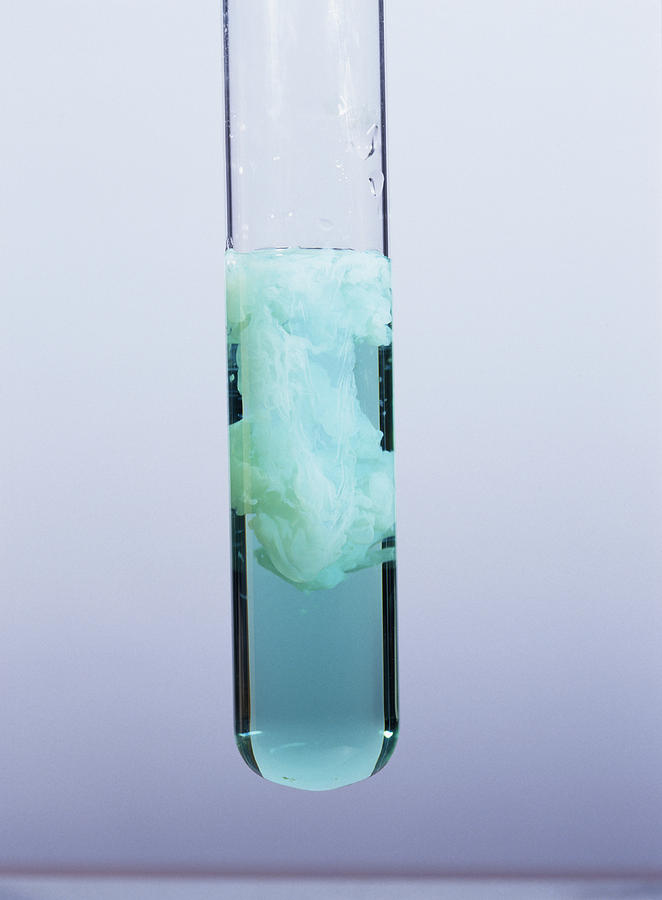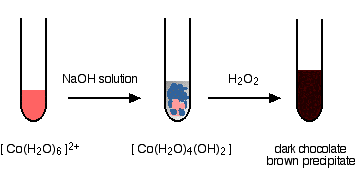

The regnal name is usually followed by a regnal number, written as a Roman numeral, to differentiate that monarch from others who have used the same name while ruling the same realm. Since ancient times, some monarchs have chosen to use a different name from their original name when they accede to the monarchy. JSTOR ( January 2008) ( Learn how and when to remove this template message)Ī regnal name, or regnant name or reign name, is the name used by monarchs and popes during their reigns and, subsequently, historically.Unsourced material may be challenged and removed. Please help improve this article by adding citations to reliable sources. Which is colored yellow, making "yellow" the answer.This article needs additional citations for verification. There's no way to produce Nickel sulfate because there's no sulfur or oxygen going in, which means we should expect to get the other one. So with basic knowledge of chemistry and the notation used, basic logic can give us the answer. The other one contains Ni, S and O - Ni is going in, but where would the S and O come from? (Technically the O could come from the air I guess, but even allowing for that the S would still be unaccounted for) One of the two possible output solutions contains Ni and Cl - these are going in, so this solution would be possible to produce. Let's look at the options we were given for output: Now, if we can assume that the student in question knows the notations, she can figure out that the elements going in are Ni, H and Cl. two chemicals to be mixed, with their formulas:.two solutions with their names, colors and formulas:.If you add nickel, Ni(s), to hydrochloric acid, HCl(aq), what color solution do you expect? Nickel chloride, NiCl2(aq), is a yellow solution. Nickel sulfate, NiSO4(aq) is a green solution. Let's look at what is given in the Question: The other answers provide valuable insight into what actually happens and are very helpful in understanding the chemistry behind it.īut to correctly answer the question, a much more basic understanding of chemistry (and how tests work) would suffice.

You can absolutely contest this, but at least now you understand what the question wanted you to say and how they expected you to arrive at that conclusion. Overthinking it may cause you to arrive at a different answer than was expected, which will lead you to getting the question wrong. The question does not expect you to know, be able to figure out, or go research what color the solution will actually be if you do the reaction in the laboratory. Since the described reaction will yield nickel chloride (not nickel sulfate), the question is expecting you to answer that the solution will be yellow in color. From left to right: $\ce,$ is a yellow solution.Įssentially, you're supposed to decide which of these two salt solutions will be formed by the described reaction. For starters, let’s look at solutions of nickel(II):įigure 1: Nickel(II) solutions.


 0 kommentar(er)
0 kommentar(er)
